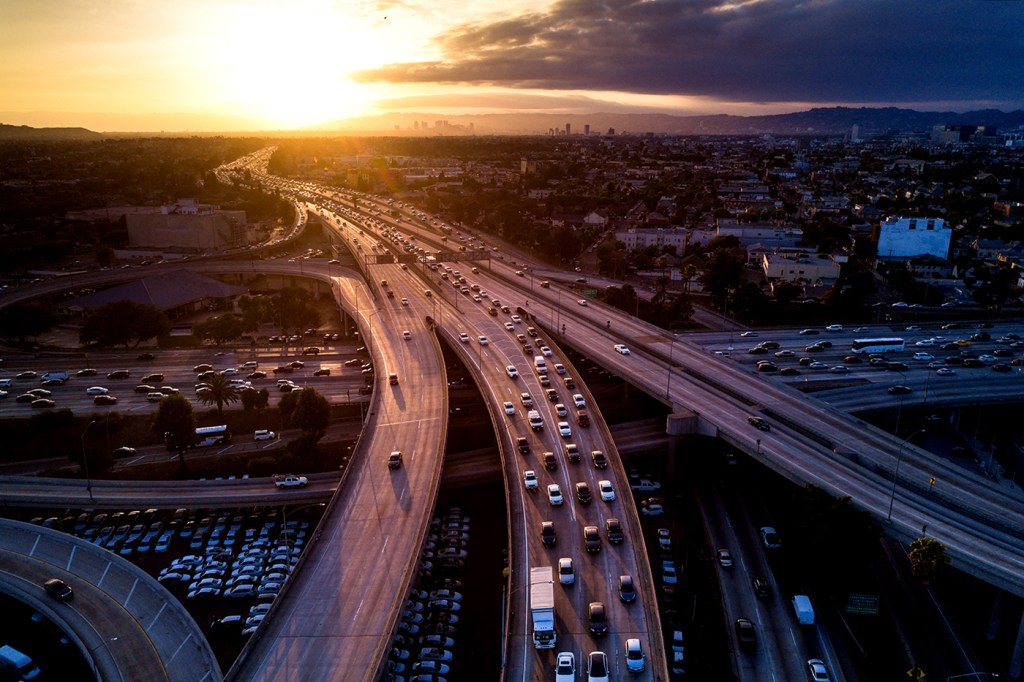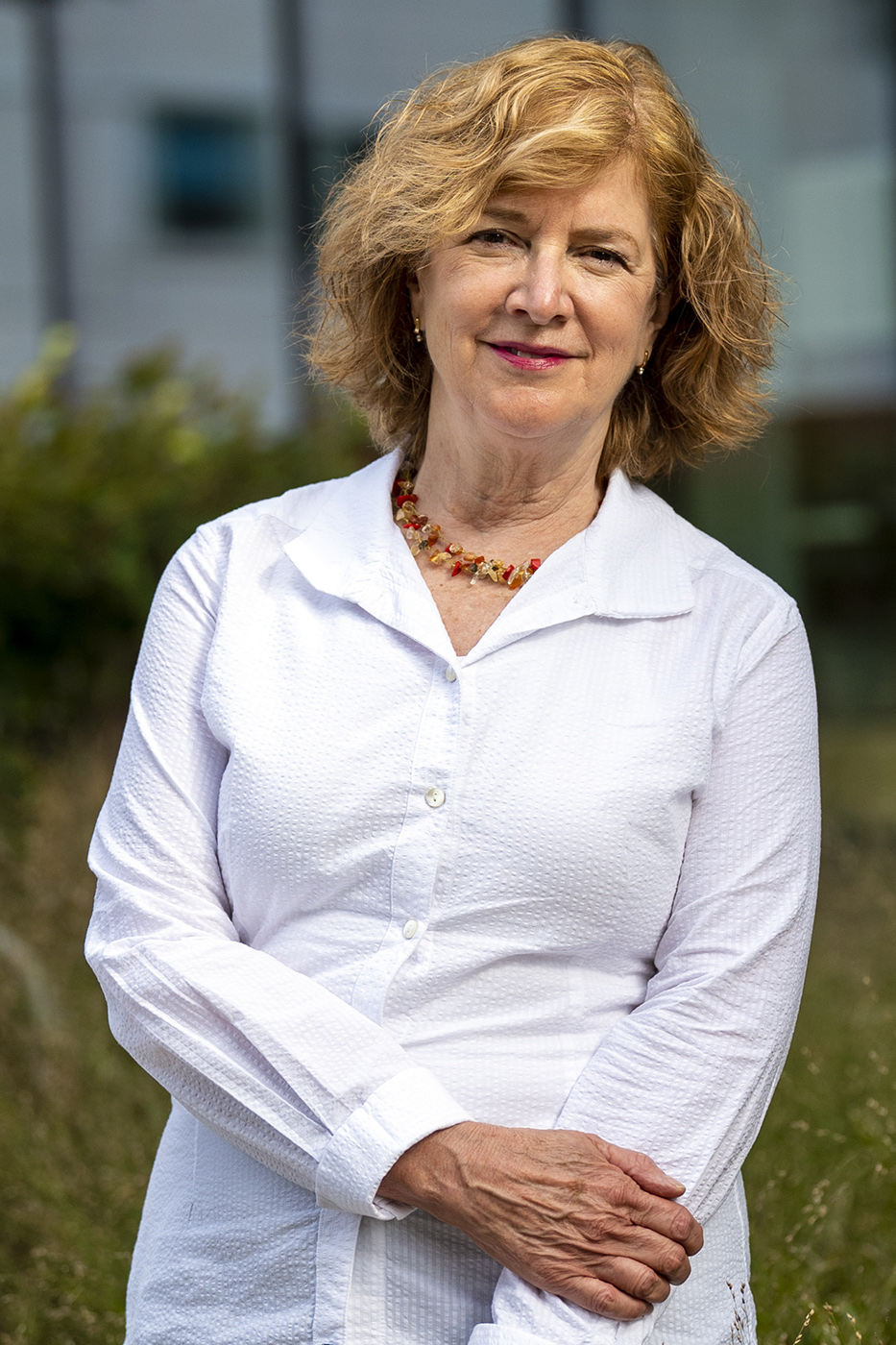Biden’s infrastructure bill includes funding to dismantle ‘racist infrastructure.’ Here’s what it could do.

Tucked inside the $1.2 trillion infrastructure bill that’s set to go before the U.S. House of Representatives this week is a provision to remove or retrofit federal highways that have divided communities of color across the country, cutting them off from economic opportunities and deepening racial inequality for decades.
But the funding for the Reconnecting Communities Initiative, which began as a separate bill before it was added to the broader infrastructure package, has shrunk from a respectable $20 billion down to $1 billion in the legislation before the House. The scale-back has prompted discussion about the need to restore Black communities and neighborhoods isolated by federal infrastructure projects—a result that advocates say is based on more than a century of white supremacist urban planning.
Someone at the forefront of that conversation is Joan Fitzgerald, professor of public policy and urban affairs at Northeastern, who, along with a colleague, recently wrote about the subject for The Conversation. Fitzgerald—whose work links racial equity issues

Northeastern Professor of Urban and Public Policy Joan Fitzgerald poses for a portrait. Photo by Alyssa Stone/Northeastern University
with economic development and innovation, or so-called “greenovation”—says it’s high time the federal government began to undo the damages caused by “racist infrastructure” that have helped shape economic disparities among communities of color and white communities.
“We need to be looking at ways to redress that discrimination and wealth, but it starts with where people are living,” Fitzgerald says.
Fitzgerald says that the divisive highway systems have got to go; but the question is: What do we replace them with—and who decides? These questions will be explored, among a host of other climate justice topics, in a new book she is working on with colleague Julian Agyeman, an urban affairs expert and professor at Tufts University. The book also will attempt to explicate infrastructure solutions that are necessarily tied to the climate justice agenda, Fitzgerald says.
But it’s not exactly clear what the effects of highway removal are, given that cities have historically turned the land from dismantled freeways over to developers, whose “highest and best use” incentives don’t exactly align with the needs of struggling communities, Fitzgerald says.
She argues that the infrastructure bill funding is an opportunity to right the wrongs produced by federal policies that have marginalized communities of color—and to add to an ongoing conversation about reparations, or racial redress efforts, that are building in the country.
Fitzgerald says the story of racist infrastructure began in the early 1900s, when racially restrictive deeds began appearing in many U.S. cities. Racial covenants could be found in property deeds across the country. These agreements included stipulations that barred people of color from owning property.
According to one common example, such properties could not “at any time be conveyed, mortgaged or leased to any person or persons of Chinese, Japanese, Moorish, Turkish, Negro, Mongolian or African blood or descent.”
People of color were forced by these restrictions into isolated neighborhoods. Exclusionary zoning laws would follow; then so-called “redlining,” which describes a set of racist lending practices that were in full swing by the middle of the 20th century. These factors effectively created many of the racially segregated neighborhoods that still exist today.
“This is why our cities look the way they do,” Agyeman says. “We see our cities as a reflection of the way they were planned. Urban planning, in that sense, is the spatial toolkit of white supremacy.”
Fitzgerald and Agyeman are working now to “pile up all of the things we can do to make neighborhoods more connected and green.” The benefits of green space are well-documented: Neighborhoods cool off, reducing the urban heat island effect, and air quality improves, among other things, Fitzgerald says.
But Agyeman warns that “greening” won’t, on its own, revitalize historically isolated communities, because green spaces often accompany and invite gentrification, a phenomenon referred to as the “green space paradox.”
“We have compromised and co-opted sustainability,” Agyeman says, replacing “racism with sustainability.”
The issue requires major rethinking, the authors say, citing the lack of progress. Many U.S. cities’ efforts to tackle green infrastructure and climate change have amounted to “random acts of greenness” in lieu of any unified, concerted national strategy, Fitzgerald says.
There are some great ideas to be found in many of those initiatives: reducing dependence on cars, funding public transportation, setting up community land trusts, and pushing for more affordable housing.
“Gentrification could be slowed if there are robust housing stabilization and affordability policies in place before a project begins,” Agyeman says. “But right now, the net effect of greening neighborhoods is to whiten neighborhoods, and we need to change that.”
The funding from the infrastructure bill could be viewed as a form of “restorative justice,” and an important, if symbolic, step in the healing process for millions of Americans.
“What if we use the [Reconnecting Communities Initiative] funding, tiny though it is, as a form of restorative or reparative justice?” Agyeman says.
For media inquiries, please contact media@northeastern.edu.






